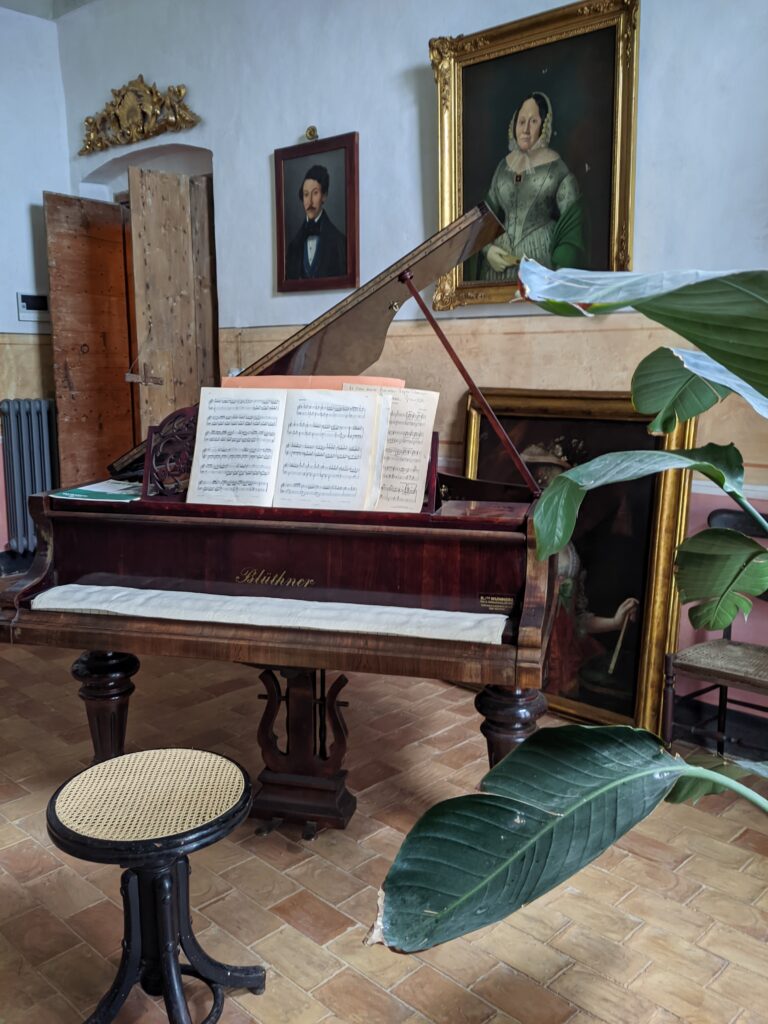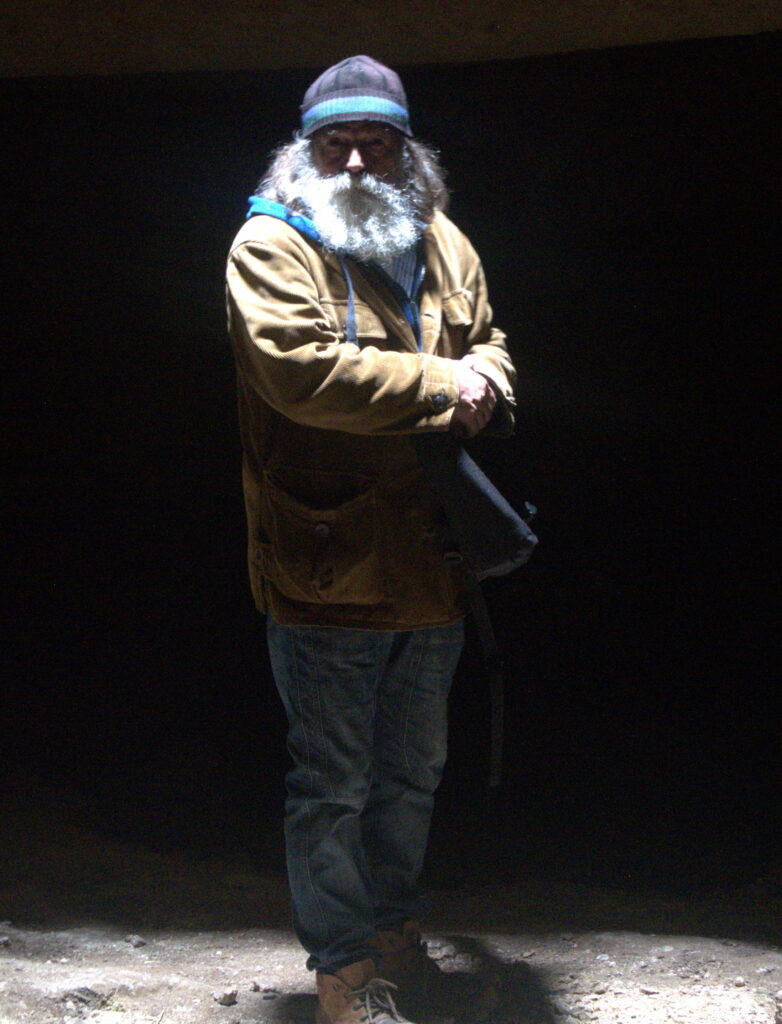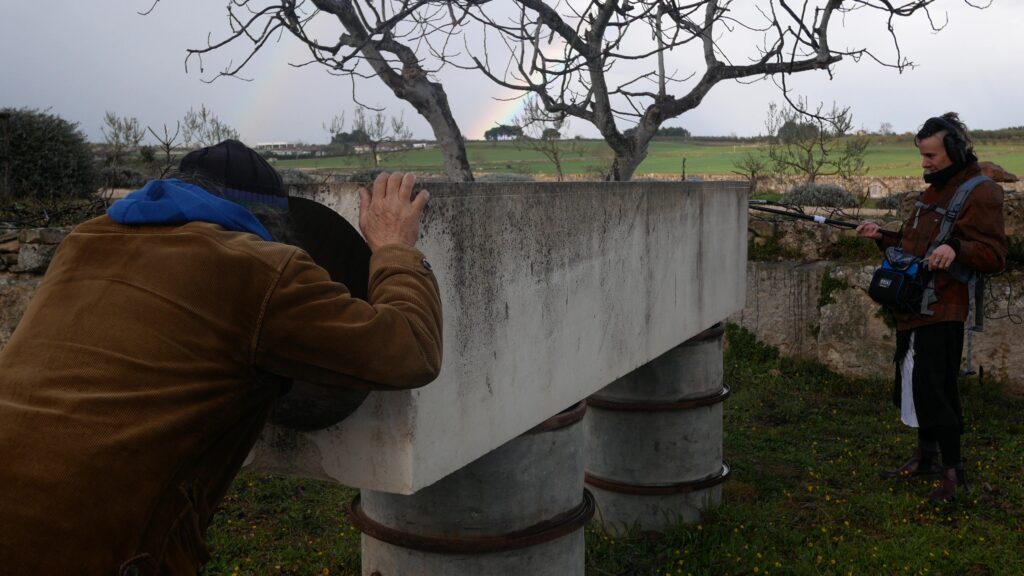Monday 27 February 2023
Donato arrives just as we are waking up, bearing cornetti stuffed with cream from a sour dough bakery – Altamura is known across Italy for its bread and it doesn’t disappoint. With coffee coursing through our veins, Donato leads us on a sonic and psychic exploration of the residency space Dimora Cagnazzi.

Our room, situated on the top floor, contains two beds, an old wardrobe, a small sofa, and a couple of chairs. As we venture further, we discover an old study brimming with books, a domed reading room with artifacts, sculptures, and mementos arranged within recesses carved into the wall, and spiked pianola rolls perched on pedestals in two corners. Another room houses a baby grand piano, surrounded by old portraits of distinguished ancestors and a framed certificate declaring some ancient a member of the Naples parliament in the 1860s, as well as an open letter of protest to the authorities, published in a newspaper.
Later that day we meet some of the house’s owners of Dimora Cagnazzi, including Adriana who explains the house had once belonged to a family member, had been abandoned, and was used as an unofficial dumping ground by Altamura residents. Even to this day trash is hurled over the walls. When the renovations began, the rooms were covered in bat guano at least a foot deep, which they had to clean by hand. All the objects, furniture, and even the books were coated in shit, requiring meticulous cleaning, item by item, page by page.

We then venture outside, beneath the house, exploring stables, tombs, and servant quarters—all the subterranean spaces reserved for those deemed less alive than the bourgeois family above. We can’t pass judgment, as we know nothing about them, but it’s striking to witness the virtually vertical hierarchy of aliveness that was at work, where class, race, gender, and animality manifested in the space you are allocated, above ground with the living, underground with the less alive, and the dead.
As we meander through cavern after cavern, we observe that these vast underground spaces are pockmarked with human-sized compartments carved into the walls near the ceiling of the cave. Donato explains that they are tombs, and that in fact servants and animals would sleep in the caves not above the tombs, as is rather the norm; but rather, they slept under the earth and beneath the interred. This was a very distinctive aspect of the caves–they were silent in a very particular way, and they held this proximity of life and death.
Although we didn’t inquire about the social standing of the deceased, whether they were wealthy rulers or impoverished servants – or both – we’re curious now about how the dead are ranked in the afterlife.

To our delight, we discover a sculpture by artist Vito Maiullari, whom we met years earlier and will see again on Thursday. The piece, a long stone tube with a slit down the middle, allows two individuals to communicate and hear even the faintest whispers from either end.
To cap off our journey, we encounter two donkeys basking in the glow of a rainbow that has unfurled above the small penned-off garden that is their home. We return to the house, and prepare dinner for Donato and Antonio. We are far too self-conscious to make pasta, so instead we choose cous cous and vegetables, and it’s a hit.